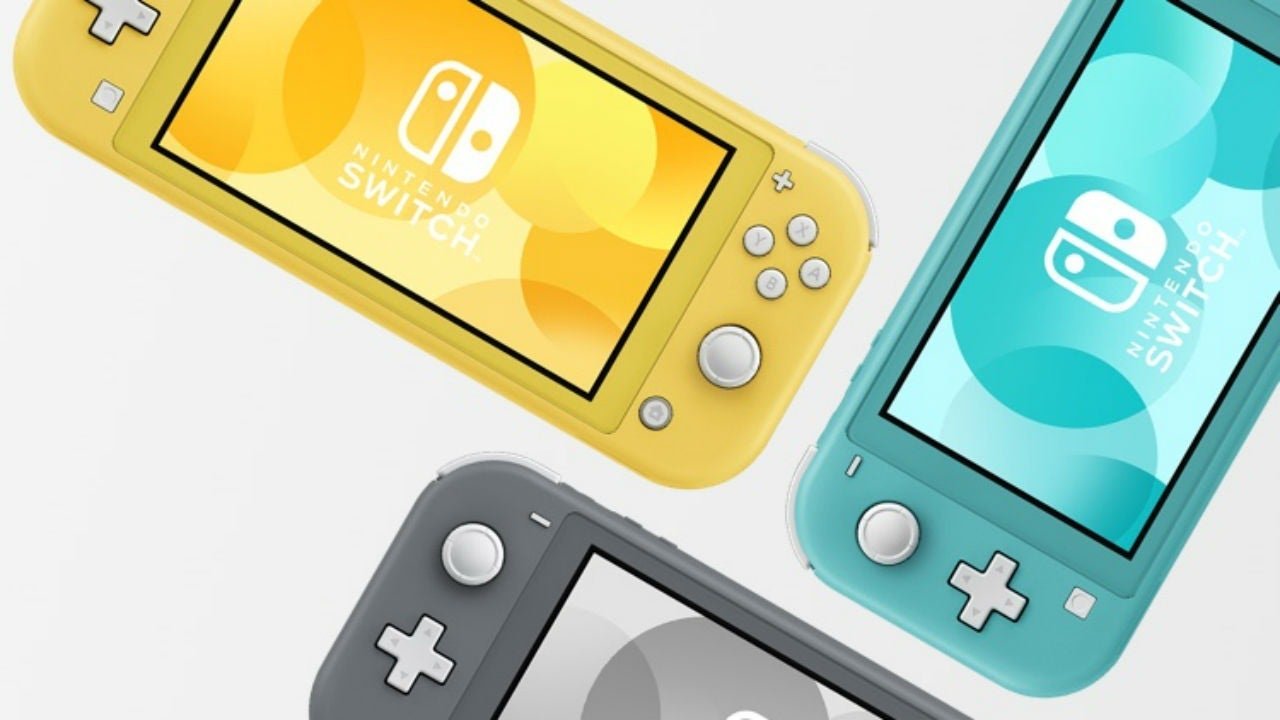We’re as excited as the next person for new consoles, and it’s always an exciting time to know that some fresh new hardware will soon be out on the market. But with the recent announcement of Nintendo Switch Lite, we can’t help but wonder that Nintendo didn’t go about this the right way.
Back in January 2017, nearly two months before the Switch was released, we shared that the company could likely begin selling an unbundled version of the console for $199 USD. It would include the console and Joy-Con, as well as a power adapter, but nothing else. Skip the dock and the Joy-Con Grip, dump the HDMI cable and the wrist straps that no-one ever uses, and Nintendo could’ve got the retail MSRP of their console down to $199 without a redesign.
Fast forward to May 2019, when we postulated that Nintendo should release the aforementioned “unbundled” Switch as their base offering, alongside a Pro model that includes a slightly larger display, bigger battery, and an improvement in performance thanks to doubling the RAM and using a next-generation Tegra chip.
Now that the Switch Lite has been unveiled, while the console itself is quite pretty, and the lack of removable Joy-Con does offer a sort of simplicity that can’t be said for the first iteration of the console, there are a few main misses.
First up, this isn’t a Nintendo Switch anymore. Sure, it has the same name as its predecessor, but it doesn’t actually, well, switch. There is no ability to play with a television via video out on the original dock (or a new Nintendo-made one), the USB-C port, while completely capable of video out, is not actually enabled for video out, and there’s no kickstand for secondary Joy-Con and multiple players. So while the Nintendo hype video plays up that you can most certainly use a second set of Joy-Con to play games like Super Mario Party, you’ll have to find a few books to prop up the Switch Lite to make that happen.
There’s also a major lack of functionality compared with the original console. The right Joy-Con no longer houses the infrared sensor/camera, so games like 1-2-Switch require secondary purchases, while the console itself ditches rumble feedback, likely in favour of cost and internal space savings.
Finally, there’s no Nintendo Labo support, which means that this portable-only handheld isn’t compatible with the innovations that Nintendo has been pushing forward in the last two years.
All this said, Nintendo has begun to disjoint its Switch product line by producing one console that just isn’t actually compatible with the hardware and accessories (or even some of the games) that the Switch is known for.
This, in stark contrast to Microsoft’s mantra about bridging generations and maintaining compatibility across consoles from the Xbox One to Xbox One X, all the way to its latest generation, currently known only as Project Scarlett.
What do you think about Nintendo Switch Lite? Did Nintendo do the right thing with their announcement? Or was their a better way to go by introducing new hardware and removing some unnecessary plastic from their original bundles? Sound off in the comments below!

